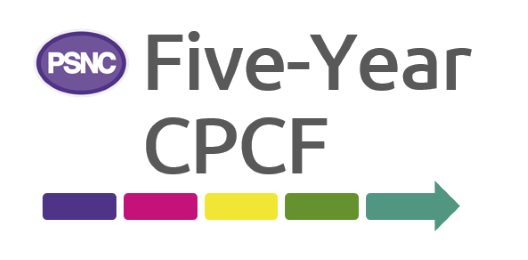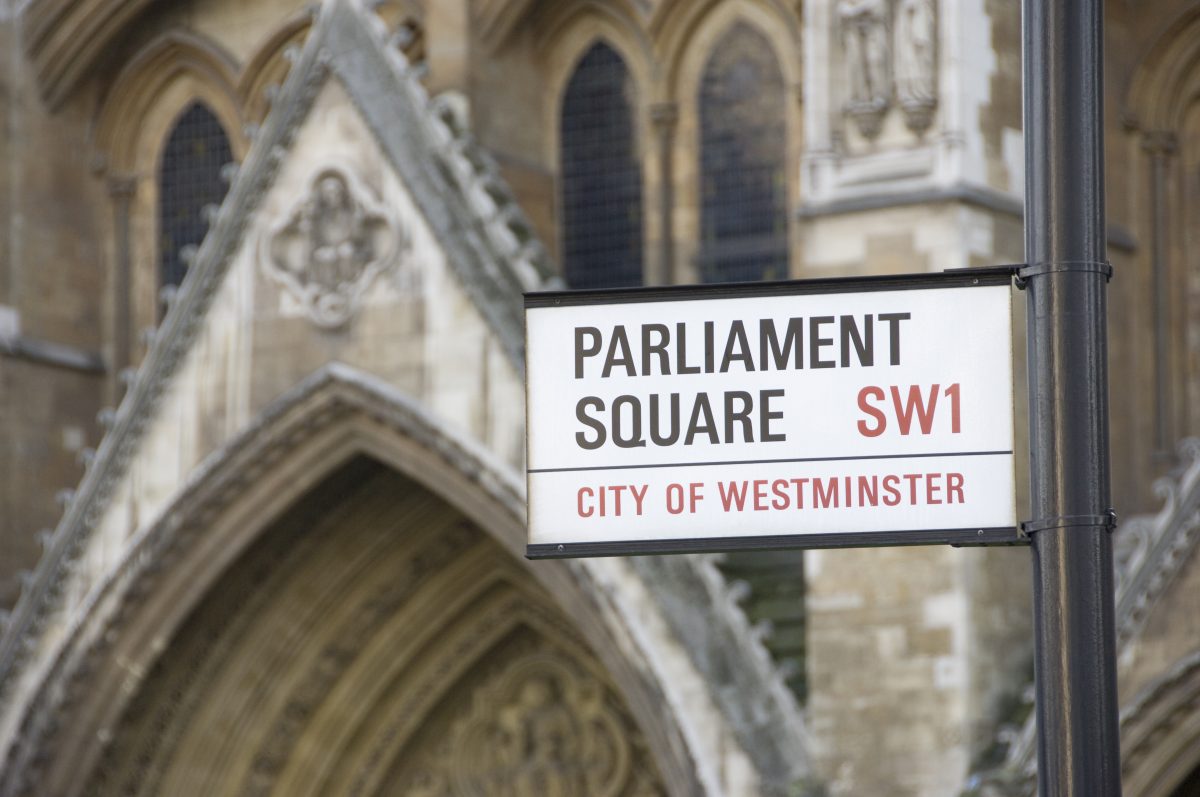Regulatory burden
Published on: 12th September 2014 | Updated on: 15th March 2022
The regulatory burden component of the annual uplift formula in 2010/11 added £18m to core funding. Uplifts of £15m, £25.5m, £17m and £9m were agreed in the previous four years.
Significant elements within the 2010/11 regulatory burden component were:
- NPSA Guidance on Lithium and use of NHS Number;
- Quota shortages – an incremental amount made available;
Significant elements within the 2009/10 regulatory burden component were:
- Costs associated with CIP;
- Changes to CD regulations;
- EPS system upgrade costs;
- NPSA Alerts on anti-cancer and opioid;
- Quota shortages;
- ICO model publication scheme.
Significant elements within the 2008/09 regulatory burden component were:
- CIP – extra time required to sort prescriptions, declaring out of pocket expenses on the FP34C Form and increased costs associated with the secure transport of prescriptions to the Pricing Authority;
- Changes to CD regulations – extra time associated with record keeping and costs of new registers;
- EPS – workload incurred by pharmacists in relation to obtaining and re-newing smartcards; and NPSA alerts – extra time associated with complying with the NPSA alerts on paraffin containing products and anti-coagulation. In addition, in 2007, the NPSA published a patient safety alert on ‘promoting safer measurement and administration of liquid medicines via oral and other enteral routes’. This included an NPSA recommendation that because more complex medication regimens are now being administered at home, primary care dispensers should be in a position to issue a range of oral syringes. As a minimum, a 1ml, 5ml or 10ml syringe should be supplied depending on the dose prescribed. Currently it is only a contractual requirement for pharmacies to supply the 5ml syringe in certain scenarios. In November, the Drug Tariff will be amended to require pharmacies to stock and provide 1ml and 10ml syringes in certain scenarios. The regulatory burden component of this year’s annual uplift includes consideration of the additional costs of these syringes.
Significant elements within the 2007/08 regulatory burden component were:
- The cost of collecting smartcards for EPS
- Changes to the Controlled Drugs regulations
- The measures above should ensure funding that continues to recognise real costs. In addition to this, Community Pharmacy England and the Department of Health will review at three yearly intervals whether a new cost inquiry is needed.
Significant elements within the 2006/07 regulatory burden component were:
- The additional VAT payments due on part of the Practice payment,
- The requirement for sorting of hazardous waste introduced by the Hazardous Waste Regulations
- The increased scope of the Disability Discrimination Act, following amendment in December 2005, when all types of mental impairment could be taken into account when determining whether a person is disabled.











